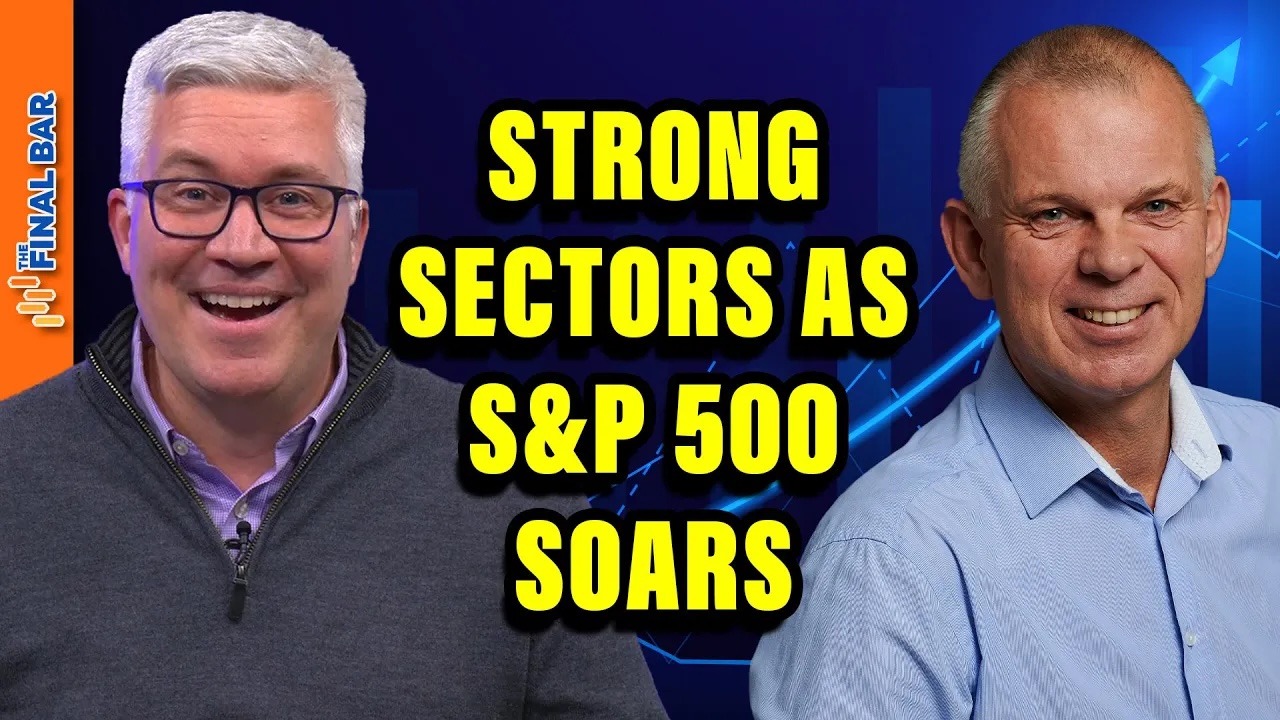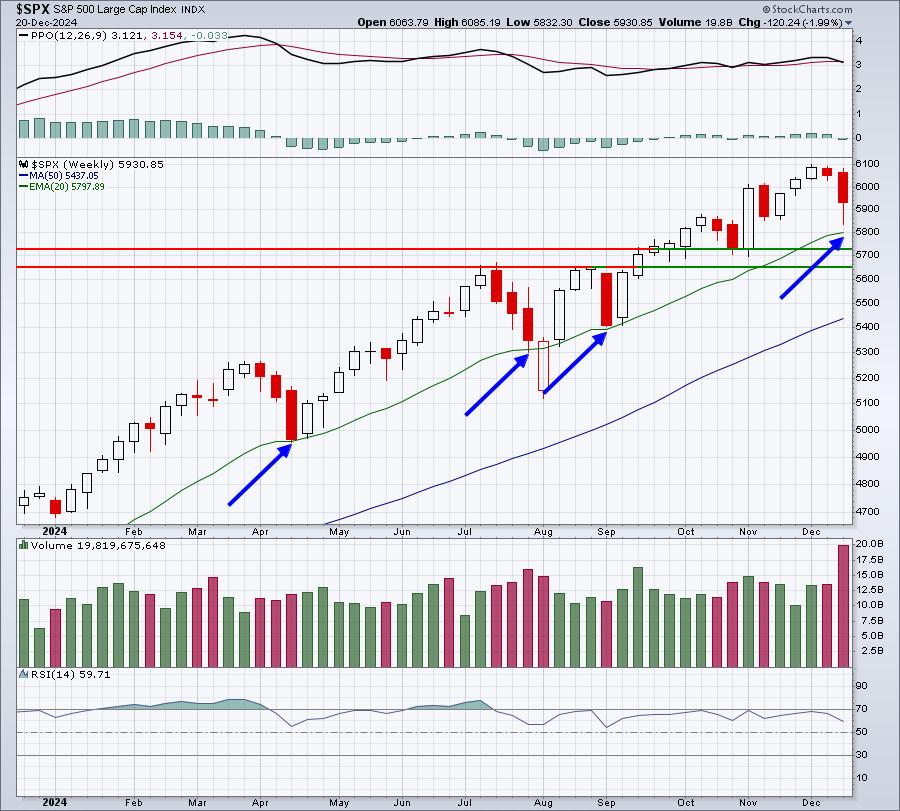Small Caps on the Rise: The Market’s Hidden Gems

Last week, U.S. stocks took a roller coaster ride as investors fought off a sharp selloff in large-cap technology stocks, which led to a rotation into small-cap and value stocks. This major shift from large-cap to small-cap stocks has been dubbed the “Great Rotation.”
Just a month ago, small-cap stocks were making headlines for underperforming their large-cap peers. The small-cap Russell 2000 index has been in a slump for years. Over the past decade, It underperformed the S&P 500 by 103%. And the Nasdaq 100 is up a stunning 332%. This decade-long underperformance is one of the worst for small caps relative to large caps in a century. As of mid-2024, the Russell 2000 has barely posted a profit for the year, while the S&P 500 is up 15% thanks to the Magnificent Seven’s outstanding performance.
However, small caps started to rally again on July 11 when the Consumer Price Index (CPI) report for June was released. Further easing of inflation And it raised expectations of a Fed rate cut in September, which triggered a massive rotation into small-cap stocks that benefit from lower interest rates due to higher borrowing costs.
that much The Russell 2000 rose 3.6%. When the CPI numbers were released, the political situation the following day also had an impact, increasing market optimism about a deregulatory environment based on the results of the 2025 US presidential election. Small caps rose more than 7% since July 11, while large caps fell 3%.
But the driving force behind this trend is It depends on the July Federal Open Market Committee (FOMC) meeting.. The Fed is not expected to cut rates at this meeting, but investors will be watching closely for hints of future rate cuts. Changes in interest rates have a significant impact on many sectors of the economy, and small businesses that rely more on corporate lending are particularly sensitive to such changes.
Thomas Martin, senior portfolio manager at Globalt Investments, said, “People generally think that when interest rates go down, it’s good for small businesses in a number of ways.” Lower interest rates can reduce operating costs for small businesses, which can boost their revenues. Lower interest rates can also stimulate the economy, which can lead to more consumer spending.
If the Fed signals a mild recession, it could help curb inflation. But a sharp recession could increase recession risk, especially for small-cap stocks, which are more exposed to recessions than large-cap stocks. Analysts warn that achieving a soft landing would be difficult, as a small labor market and economic cracks could lead to more serious problems.
Investors are watching this situation closely as the worsening situation could negatively impact small caps. Both the Fed and small caps have been on a tightrope to achieve a soft landing. Ideally, this would be achieved, but it is a big “if.”
Despite the uncertainty, we still believe that a small cap allocation is a wise move today. After a particularly volatile week, the Russell 2000 is up 3.5% while the S&P 500 is down 0.8%. Disappointing returns from some of the larger stocks could potentially widen the gap between these two benchmarks.
Moreover, investors have already started to shift from large-cap to small-cap stocks in anticipation of a future Fed rate cut, suggesting that small-cap stocks could gain traction if the Fed eventually cuts rates.
Accordingly, let us discuss the following prospects: iShares Russell 2000 ETF (IWM) and iShares Core S&P Small-Cap ETF (IJR). These ETFs provide broad exposure to diverse, dynamic and fast-growing economies and industries.
iShares Russell 2000 ETF (IWM)
Managed by BlackRock, Inc., IWM focuses on the small cap sector and has $72.21 billion in assets under management (AUM). Top holdings include Insmed Corporation (INSM)The weight is 0.43%. FTAI Airlines (FTAI) Next is 0.42% and then the US Dollar. Vaxcyte, Inc. (PCVX) 0.35% and 0.34% respectively.
It has a total of 1,976 holdings, with the top 10 holdings accounting for 3.35% of AUM. IWM’s expense ratio is 0.19%, below the category average of 0.59%. Last month, the fund had inflows of $7.07 billion.
The fund pays an annual dividend of $2.65, which translates to a yield of 1.18% at current price levels. Dividend payments have grown at a CAGR of 11.6% over the past three years.
Over the past nine months, IWM has gained 35.1%, closing the last trading session at $221.73. It has also gained 10.5% since the beginning of the year. The fund’s NAV is $221.67 as of July 29, 2024.
iShares Core S&P Small-Cap ETF (IJR)
With AUM of $84.61 billion, IJR also focuses on small-cap stocks. Top holdings Includes the US dollar at 1.61%. And (We) Leading to 0.63% Ensign Group (ENSG) and Mueller Industries (MLI)0.62% and 0.61%, respectively. The ETF holds 605 holdings, with the top 10 holdings accounting for 6.82% of AUM.
The fund’s expense ratio is 0.06%, below the category average of 0.59%. IJR fund inflows were $1.01 billion last month and $3.66 billion last year.
IJR pays an annual dividend of $1.45, which translates to a yield of 1.23% at current price levels. Moreover, the fund’s dividend payments have grown at a CAGR of 11.3% and 5.4% over the past three and five years, respectively.
IJR has gained 32.2% over the past nine months and 8.1% since the beginning of the year, closing the last trading session at $116.99. The fund’s NAV is $116.89 as of July 29, 2024.



